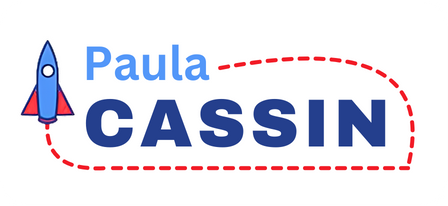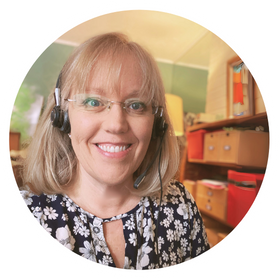B2B marketers and salespeople serving K-12 schools and districts know that the go-to-market strategy for this industry is rather particular. There's a distinct annual purchasing cycle AND a very, very strong word-of-mouth effect. Marketing and sales need to align their efforts to each K-12 purchasing phase and build great relationships with customer champions and evangelists.
Understanding the K-12 Education Landscape
Here's a diagram of the general K-12 buying cycle that's helpful for quarterly planning your sales and marketing efforts:

Most schools and districts want to launch new tools or software at the beginning of a new school year. 🍎 Adding new requirements or changing processes in the middle of the school is extremely risky - just imagine the reaction from staff or educators if you were to switch platforms in the middle of an academic year. 😬
This sets up a general K12 purchasing/acquisition cycle as follows:
- Identify top needs/pain points near the end of the school year
- Set Goals/Initiatives over the Summer and into Fall
- Gather Information on possible directions/solutions in Winter
- Research/Evaluate providers in the Winter/Spring
- Select and Purchase in Spring/early Summer
- Roll out/Launch new programs/tech over the Summer, in time for the new school year!
Some general insights for marketing:
- Focus on awareness and generating signs of interest from school leaders in the second half of the year. Build your CRM, share thought-leader content, whitepapers, industry trends, etc. Provide value for those whose problems you solve.
- Focus on generating demos/conversations and expand lead generation campaigns in Q1 and early Q2 - it's critical to generate demos/meetings for Sales at this time.
- Be ready with Middle-of-Funnel and Bottom-of Funnel resources/campaigns in Q1 and stay in close contact with Sales to identify any gaps that might impact conversions.
Harnessing the Power of Customer Evangelists
Word-of-mouth is a powerful marketing tool in the -12 education sector and can greatly influence the decision-making process of other K-12 districts. When educators and administrators hear positive feedback about a particular product or service from their peers at neighboring districts or schools, they are more likely to consider it for their own district.
To harness the power of word-of-mouth, it is essential to build strong relationships with key stakeholders in the K12 education community. One assistant superintendent raving about how good your solution has been for their schools at a networking event can generate 'hand-raises' from multiple neighboring district leaders.
Celebrate your customers' successes, stay in touch on an ongoing basis, and showcase problems solved and results in their own words. Connect face-to- face at conferences, workshops, and networking events, organize joint speaking sessions, encourage them to author bylines sharing their expertise, etc.
Marketing teams should establish an internal story engine, working with Product, Sales and Customer Success to connect with enthusiastic customers with great stories to tell. A marketing piece showcasing a district or school's success, or a webinar showcasing district leaders can attract a lot more attention than purely product-focused content.




